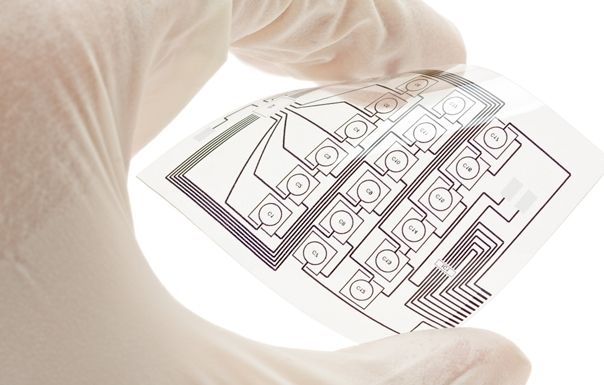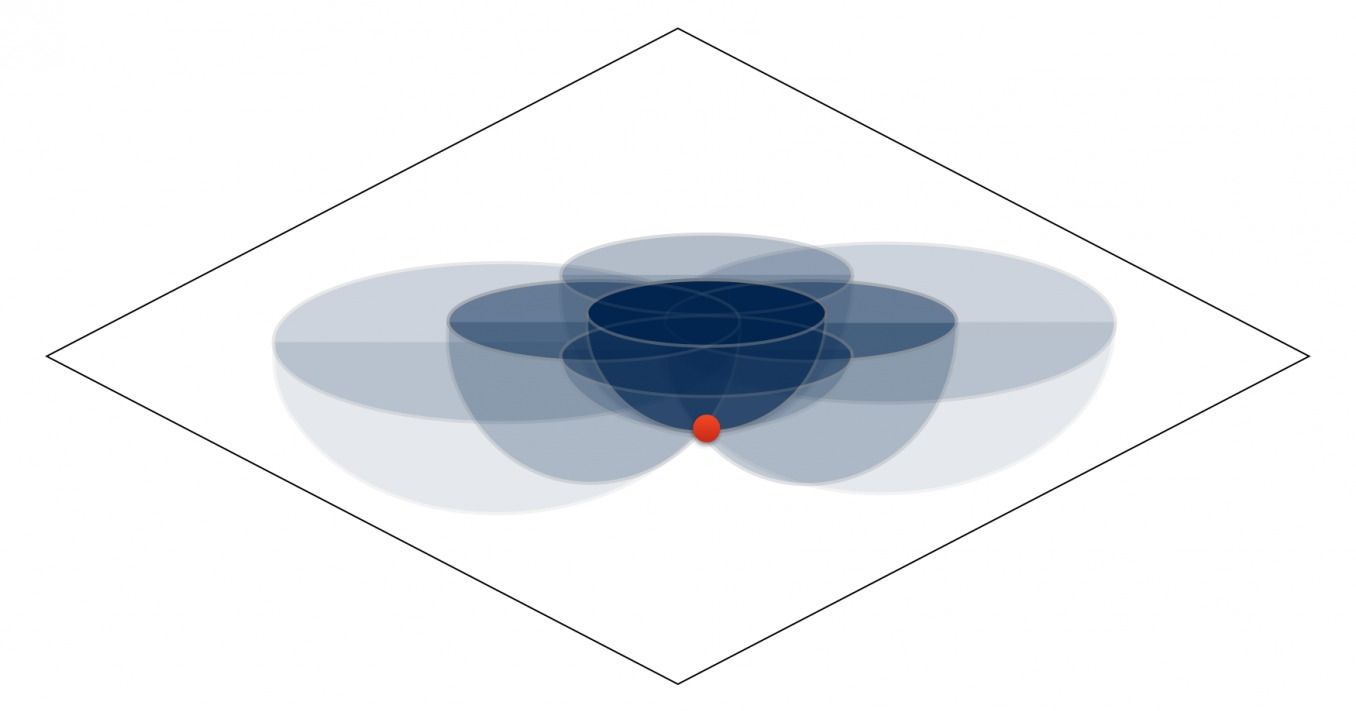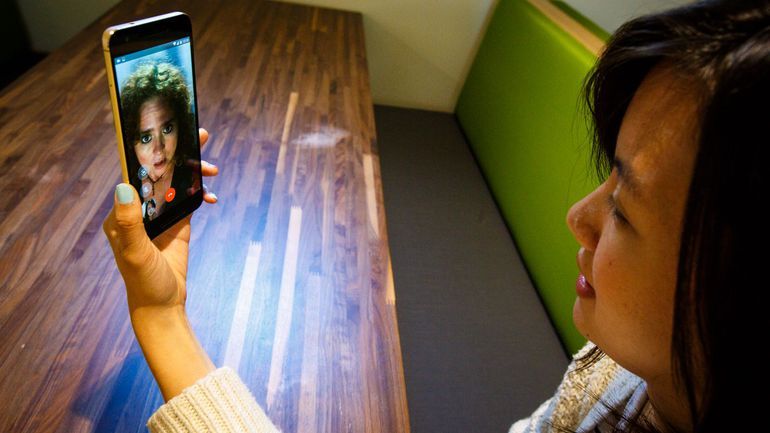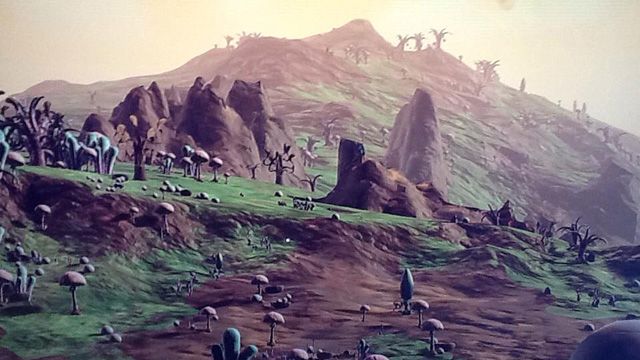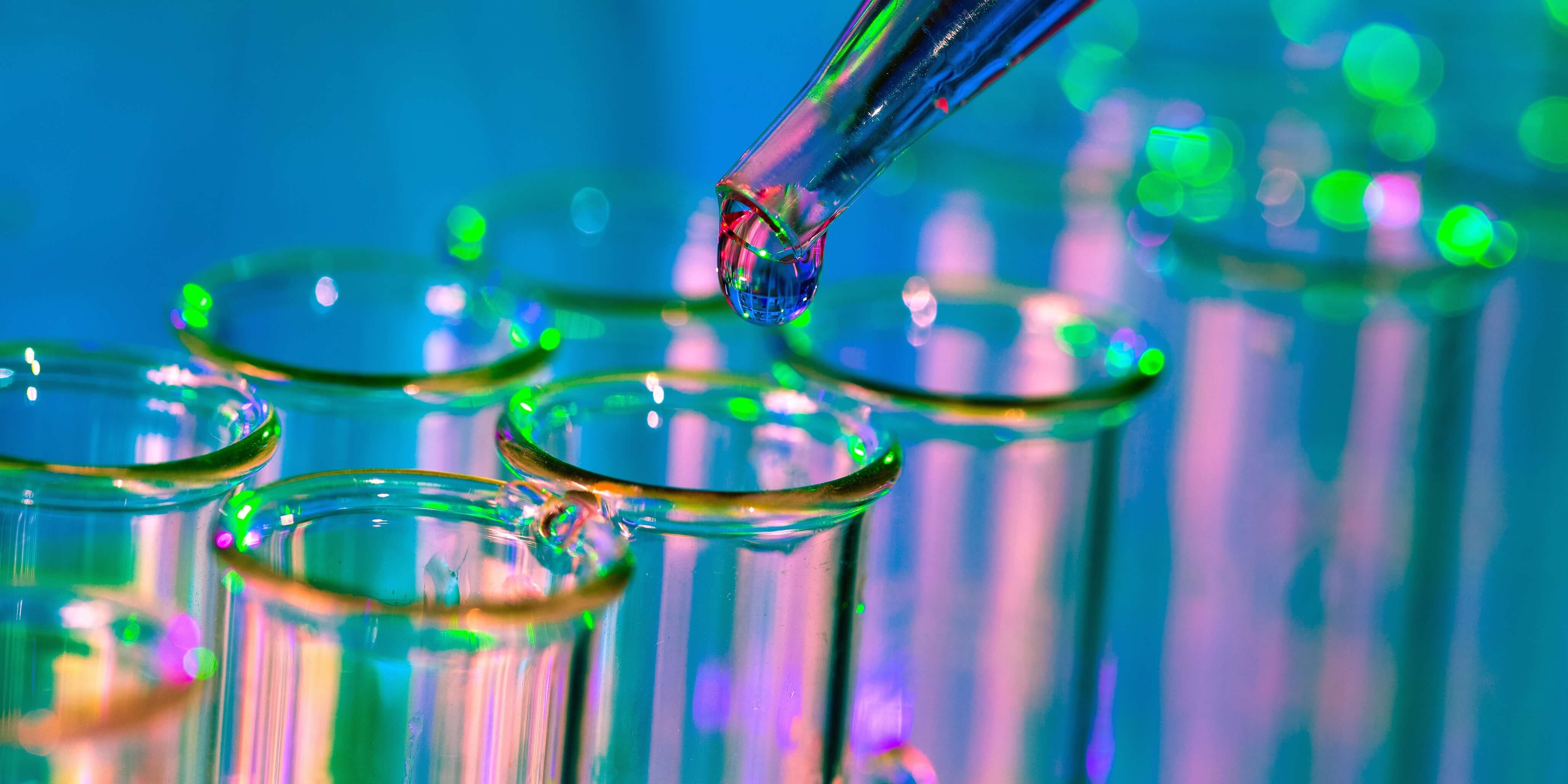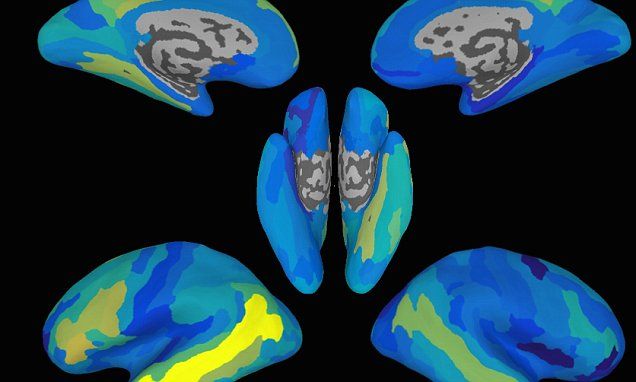Page 11323
Aug 19, 2016
Nanotech Could Blow Artificial Intelligence Wide Open: Here’s How
Posted by Karen Hurst in categories: nanotechnology, robotics/AI
Nano AI
Nanotech and AI together could make incredible things happen. Here are 3 scenarios and 4 cross-over influencers to watch in this intersection.
Aug 19, 2016
The First Church of the Singularity: Roko’s Basilik
Posted by Karen Hurst in categories: augmented reality, singularity
The 1st Church of Singularity — guess Ray is preaching again.

By Jodi Schiller
Continue reading “The First Church of the Singularity: Roko’s Basilik” »
Aug 19, 2016
How spacetime is built by quantum entanglement
Posted by Shailesh Prasad in categories: mathematics, quantum physics, space
A collaboration of physicists and a mathematician has made a significant step toward unifying general relativity and quantum mechanics by explaining how spacetime emerges from quantum entanglement in a more fundamental theory. The paper announcing the discovery by Hirosi Ooguri, a Principal Investigator at the University of Tokyo’s Kavli IPMU, with Caltech mathematician Matilde Marcolli and graduate students Jennifer Lin and Bogdan Stoica, will be published in Physical Review Letters as an Editors’ Suggestion “for the potential interest in the results presented and on the success of the paper in communicating its message, in particular to readers from other fields.”
Physicists and mathematicians have long sought a Theory of Everything (ToE) that unifies general relativity and quantum mechanics. General relativity explains gravity and large-scale phenomena such as the dynamics of stars and galaxies in the universe, while quantum mechanics explains microscopic phenomena from the subatomic to molecular scales.
The holographic principle is widely regarded as an essential feature of a successful Theory of Everything. The holographic principle states that gravity in a three-dimensional volume can be described by quantum mechanics on a two-dimensional surface surrounding the volume. In particular, the three dimensions of the volume should emerge from the two dimensions of the surface. However, understanding the precise mechanics for the emergence of the volume from the surface has been elusive.
Duo is Google’s answer to Apple’s FaceTime, and the company swears that the video-calling app is totally different than Hangouts.
Aug 19, 2016
Chocolate cake for breakfast? Research says it’s good for both your brain and your waistline
Posted by Shailesh Prasad in categories: food, neuroscience
We all know breakfast is the most important meal of the day. Here’s why it should also be the sweetest.
Aug 19, 2016
No Man’s Sky: A Deist Simulated Universe
Posted by Shailesh Prasad in category: futurism
Aug 19, 2016
The Synthetic Biology Era Is Here—How We Can Make the Most of It
Posted by Karen Hurst in categories: bioengineering, biotech/medical, food
We are entering an era of directed design in which we will expand the limited notion that biology is only the ‘study of life and living things’ and see biology as the ultimate distributed, manufacturing platform (as Stanford bioengineer, Drew Endy, often says). This new mode of manufacturing will offer us unrivaled personalization and functionality.
New foods. New fuels. New materials. New drugs.
We’re already taking our first steps in this direction. Joule Unlimited has engineered bacteria to convert CO2 into fuels in a single-step, continuous process. Others are engineering yeast to produce artemisinin — a potent anti-malarial compound used by millions of people globally. Still other microbes are being reprogrammed to produce industrial ingredients, like those used in synthetic rubber.
Continue reading “The Synthetic Biology Era Is Here—How We Can Make the Most of It” »
Aug 19, 2016
Be the first to comment on “Synthetic Biology: We Will Grow Entire Cities Out Of Living Organisms”
Posted by Karen Hurst in categories: bioengineering, biotech/medical, education, environmental, robotics/AI, space travel

Hmmmm.
Technocrat scientists believe they can ‘code’ any kind of future they want, but what about what everyone else wants? These are the overlords of Technocracy who believe that we should just ‘trust them’ to build Utopia. ⁃ TN Editor.
Aug 19, 2016
Mind-reading computer can predict sentences before you say them
Posted by Karen Hurst in categories: computing, neuroscience, robotics/AI
When you never need to say a word because your AI reads your mind. Who knows; maybe we’ll end up with a new population of introverts and anti-socialists for researchers to study.
Scientists at the University of Rochester have developed a computer model that can predict sentences by looking for brain activity patterns that are associated with different words.
